Discovering the Reasons Behind Four Loko's Infamous Ban
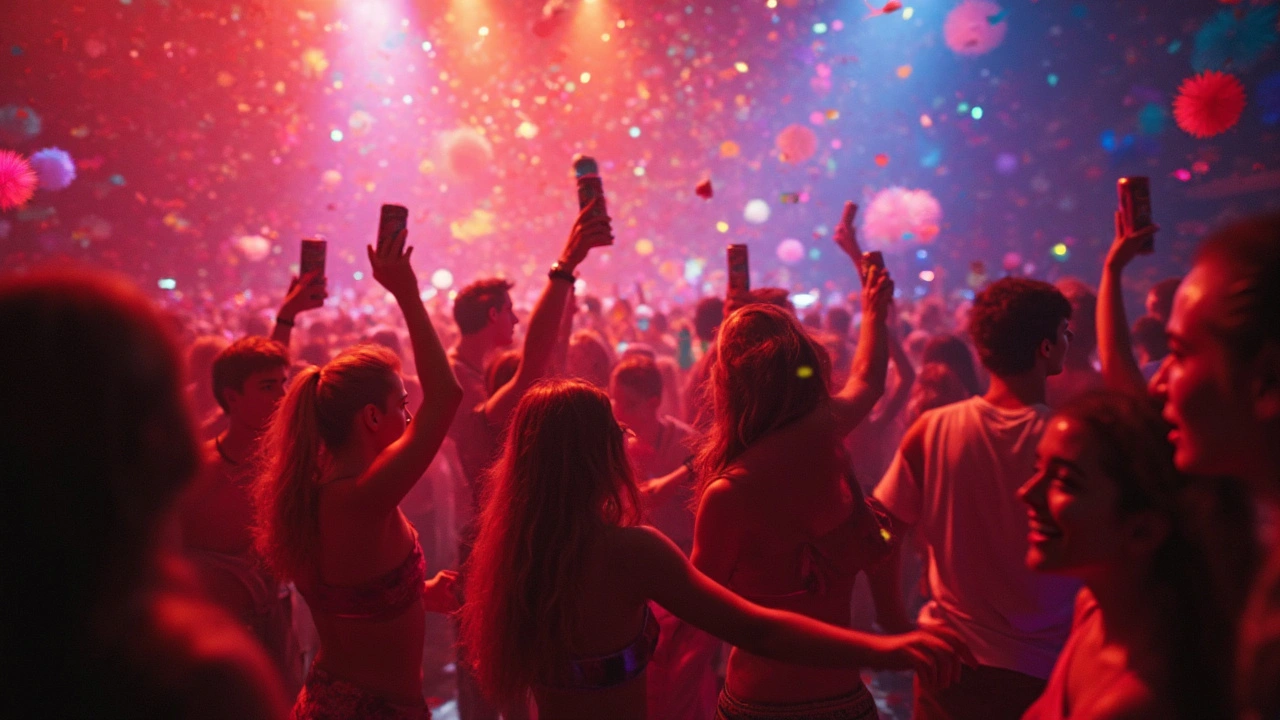
The Rise and Fall of Four Loko
The story of Four Loko is like a rollercoaster ride through the beverage industry—a tale marked by meteoric rise, controversy, and eventual ban. First appearing on the scene in 2005, this concoction quickly captured the attention of party-goers and college students across the United States. Its secret? A potent mix of alcohol and energy-boosting caffeine, offering a two-in-one punch that set it apart from the usual drinks at your local party.
This drink wasn't just about getting buzzed; it promised an all-night energy boost akin to guzzling a cup of strong coffee. Each can originally packed a punch with as much caffeine as a cup of coffee, combined with a whopping alcohol content ranging from 6 to 12 percent, depending on the state laws. Imagine ditching your pre-game espresso shot in favor of a single can of Four Loko—that was the allure.
Packed with vibrant colors and fruity flavors, these cans screamed party time. Unsurprisingly, they soon popped up at gatherings, sporting events, and tailgates across the country. The drink became deeply ingrained in the youth culture, with its easy accessibility and low price tag making it a popular choice for cash-strapped students looking to maximize their night-out experience.
However, this party-fueled tale wasn't all sunshine and rainbows. Reports started emerging of students experiencing severe health issues after indulging in Four Loko. The mix of caffeine's stimulating effects with alcohol's depressant qualities led to a dangerous masking of intoxication—drinkers felt more alert and awake than they should have been, giving them a false sense of sobriety. It's like slamming on the gas pedal with your eyes closed, not realizing how fast you're going until it's too late.
As incidents of hospitalizations and accidents involving Four Loko climbed, authorities began to take notice. Universities banned it from campuses, and medical professionals issued warnings about its dangers. It was not long before the FDA stepped in, spotlighting these caffeinated alcohol beverages and demanding manufacturers prove their safety. The lack of solid evidence in favor of their safety led to a crackdown.
The turning point came in November 2010 when the FDA issued warning letters to manufacturers, stating that caffeine added as a stimulant in its alcoholic beverage products was considered an unsafe ingredient for food. This was the jolt the industry needed as several states preemptively banned Four Loko, plunging the brand into a crisis.
Faced with these mounting pressures, the creators of Four Loko decided to reformulate their beverage, ditching the caffeine, taurine, and guarana that had given the drink its infamy. The new, reinvigorated Four Loko still retained its fruity flavors and alcohol content but lacked the controversial caffeine kick.
Today, Four Loko is out of the regulatory spotlight, but its story is a cautionary tale for beverage companies eyeing similar paths. It serves as a reminder that riding high on the popularity wave can come crashing down when health concerns and regulatory scrutiny rear their heads.
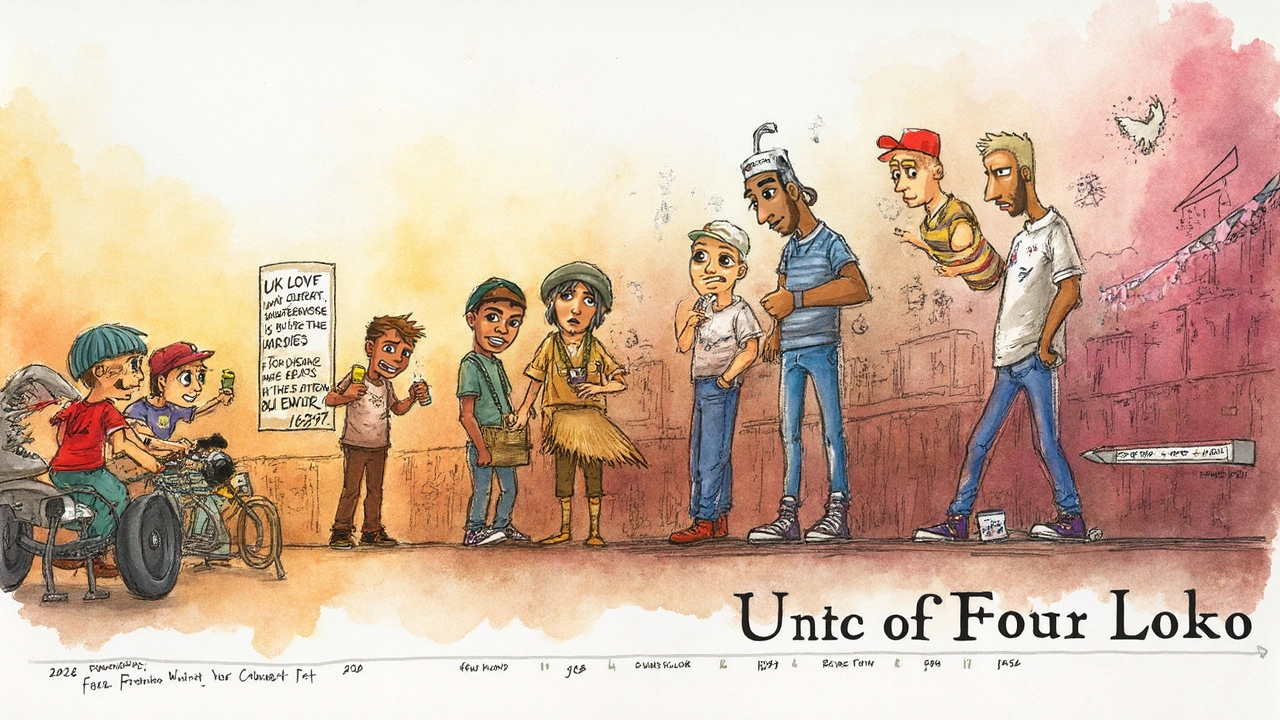
Lessons Learned and the Impact on Beverage Regulations
The saga of Four Loko extends beyond its psychedelic cans and boisterous reputation. At its heart, it sheds light on the intricate dance between consumer demand, public health, and industry regulation. The case left a significant mark on how these components interact in today's world.
A pivotal lesson from the Four Loko case stemmed from the importance of transparency and responsibility in product marketing. Many accused the drink's vibrant cans of appealing directly to underage drinkers, sparking a conversation about how products are marketed and labeled. Regulators and advocacy groups pushed for increased transparency regarding ingredient listings, moving toward clearer communication between companies and consumers.
Furthermore, the Four Loko debacle pushed forward the conversation about mixing stimulants with depressants in commercial products. When taken together, caffeine and alcohol create an effect known as 'wide awake drunk,' impairing judgment while masking the body's natural warning signs of intoxication, such as fatigue. This conversation paved the way for the FDA and other regulatory bodies to reevaluate how such combos are sold and consumed.
Looking at the regulatory impact, the Four Loko controversy spurred new state-level legislation and regulations governing caffeinated alcoholic beverages. It was a driving factor in wider scrutiny and more stringent guidelines for similar innovations. The changes imposed post-Four Loko illustrate regulators' adaptive nature in addressing emerging markets and ensuring safety.
But beyond the legal repercussions, there lies a more cultural effect. Four Loko taught consumers and industry insiders a lesson in expecting better-balanced products. The public became more aware of the risks associated with mixing energy drinks and alcohol, resulting in a decline in the market share for products wading into similar risk-laden territories.
Did Four Loko's brush with fame and downfall discourage startups from pursuing edgy concoctions? Not necessarily. Yet, the industry now approaches such combinations with an added layer of caution, bearing in mind the impact of potential health risks. Brands have since learned to balance fun with safety, innovation with transparency.
"We never expected Four Loko to become a social phenomenon," shared co-creator Chris Hunter in an interview. "It taught us the importance of adapting quickly to feedback—from both the market and the regulatory authorities."
Ultimately, Four Loko might not be the harbinger of the same wild nights it once was, but it undoubtedly left a legacy in the world of alcoholic beverages. It remains a case study highlighting the need for oversight and innovation within responsible boundaries. As beverage companies continue to push the envelope, the ghost of Four Loko stands as both a warning and a challenge to keep creativity grounded in safety and clarity.

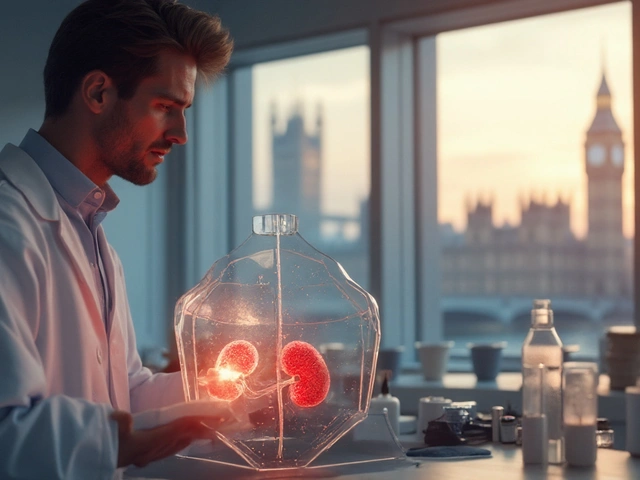
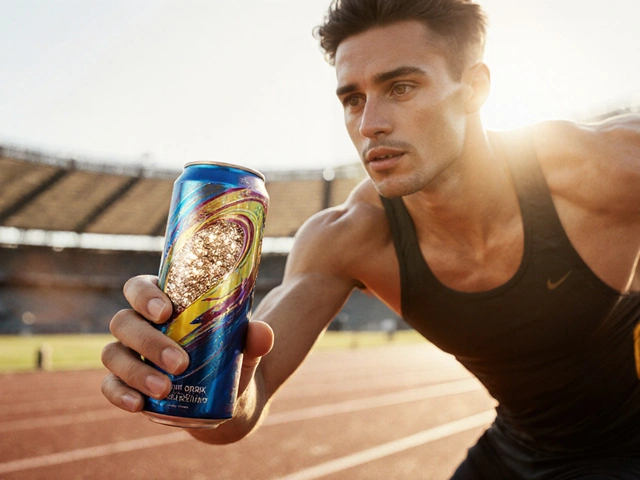
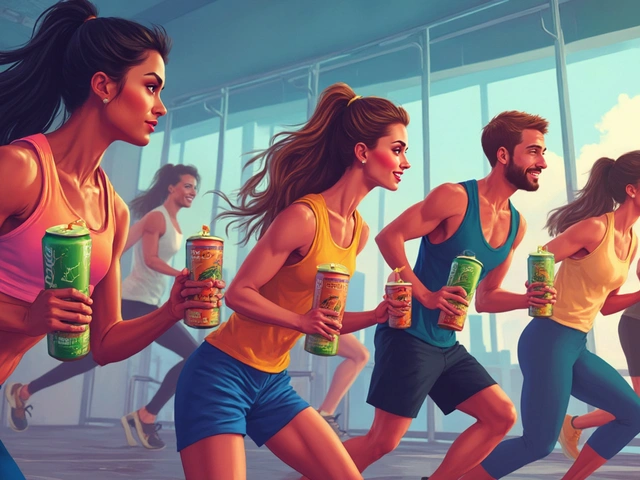
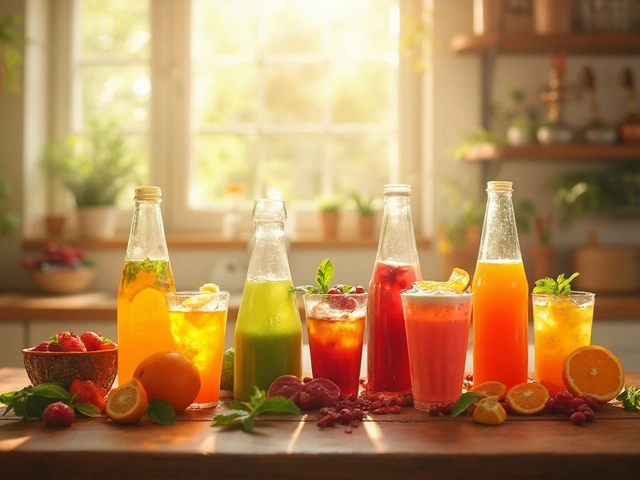

Comments (10)
Diwakar Pandey
18 Jul 2025
It's fascinating to read about the case of Four Loko and its rise and fall in the market. The combination of caffeine and alcohol was controversial for sure, but it also highlighted some important concerns about consumer safety.
I've noticed the formulation targets a very specific audience — mostly young, party-going individuals seeking a kick. This obviously led to risky behavior, including blackouts and alcohol poisoning, which naturally pushed regulators to intervene. The history of how such a drink skirted regulations initially is also quite telling of the gaps in beverage industry oversight.
Overall, it serves as an interesting example of market forces, youth culture, and public health colliding head-on.
Bob Buthune
20 Jul 2025
Wow, dude, the way Four Loko made a name for itself was really wild. It’s not just a drink; it represents a whole culture of crazy nights and college stories 🥳. But man, mixing caffeine with alcohol like that? It’s like playing with fire!🔥
I think it's super important to understand how this banned drink impacted people, both physically and socially. It definitely raises questions about how much responsibility companies have when creating these powerful beverages. The bans were probably necessary, but it also makes you wonder what kind of alternative products could safely tap into the same market.
Crazy stuff, indeed. Props for shedding light on the subject!
Kasey Drymalla
22 Jul 2025
Honestly, I always thought the ban on Four Loko was just the government trying to control what people consume and when. They want us dumb and compliant, not awake and partying hard! Mixing caffeine and booze? They made it illegal because it gives people too much energy to make their own choices. It’s about control, not health.
I’m telling you, the whole blackout can thing is just an excuse. There are plenty of other dangerous drinks that are totally legal. Ever wonder why they targeted this one so heavily?
Wake up, folks, there’s a bigger story behind this ban.
Dave Sumner Smith
24 Jul 2025
Couldn’t agree more with the conspiracy theories here. This isn’t about health or safety; it’s about power and profits. The alcohol industry wants to keep caffeine separate so they can control consumption rates and keep the money rolling in without consumers getting too wired.
We all know too well how rules get shaped when money’s involved. Four Loko’s ban was a message to say, "Don’t mess with the status quo."
Honestly, these kinds of companies make products exactly to hook younger demographics, then pretend to be shocked when people get hurt. Don’t fall for the sweet talk around public health.
Cait Sporleder
26 Jul 2025
The narrative surrounding Four Loko certainly compels one to delve deeper into the intricacies of beverage regulation and cultural trends.
This 'blackout in a can' phenomenon, as highlighted, underscores a critical intersection between public health imperatives and corporate experimentation with consumer palates and psychoactive ingredients. What intrigues me most is how regulatory bodies balanced the tension between innovation and safety, especially given the drink’s potent combination of caffeine and alcohol, which can be physiologically deceptive.
It’s not merely a ban but a reflection of evolving societal values, risk tolerance, and perhaps even a commentary on youth culture and its pursuit of increasingly intense experiences. The lasting impact on beverage laws invites further scholarly inquiry.
Paul Timms
29 Jul 2025
Thanks for sharing this detailed background on Four Loko. It’s always good to look at the facts clearly. The combination of caffeine and alcohol is tricky business — it tends to mask intoxication, which is dangerous.
Regulators had valid reasons to step in, as public safety must come first. Of course, some companies push boundaries in pursuit of profit, and consumers have to be aware too.
Overall, this case serves as a reminder that innovations in drinks aren’t always harmless and must be approached with caution.
Jeroen Post
31 Jul 2025
No surprise, the whole Four Loko ban is just a cover-up to keep the masses subdued. The combination of caffeine and alcohol wasn't banned because it was inherently unsafe but because it gave consumers too much awareness while drinking.
This keeps people from falling victim to usual overconsumption, so authorities just got scared and shut it down. The industry is full of lies about safety and 'health concerns'. Wake up! They don’t want us mixing stimulants and depressants — sounds too wild for their control system.
Still, the marketing changed and the product returned under different guise, showing profit motives outweigh public good any day.
Nathaniel Petrovick
2 Aug 2025
I gotta say, learning about Four Loko’s history cleared up a lot for me. I always heard it was just stupid dangerous, but understanding the caffeine-alcohol mix explains the real risk.
The fact that it led to regulations shows the system actually working sometimes, protecting people from products that mask intoxication effects. That being said, I hope regulators continue to find ways to keep such innovations both safe and enjoyable.
Drinks that appeal to party culture aren’t necessarily bad but need to be responsibly formulated and marketed.
Honey Jonson
4 Aug 2025
Wow, so this whole Four Loko saga is a classic example of what happens when companies push limits without thinking about people’s well-being. I mean, sure, caffeine plus alcohol sounds like a wild combo, but who cares if it messes you up? Not the manufacturers, it seems.
They just want money and attention, and when that backfires, regulations slap them down. I think it's a lesson for all of us to be mindful of what we consume and not blindly chase thrills.
But also props to regulators for stepping in, even if late, to curb the worst outcomes.
Destiny Brumbaugh
6 Aug 2025
Look, we banned Four Loko for a reason. This isn’t some conspiracy or power play — this is about keeping our young people safe from dangerous products that threaten their health and lives.
We can't romanticize reckless behavior under the guise of freedom or culture. The risks posed by such cocktails are real and documented. Why should we risk our community's well-being for some cheap thrills?
Sometimes, strict laws are necessary, and here they’ve done their job. Let’s not kid ourselves that all innovation is good innovation.